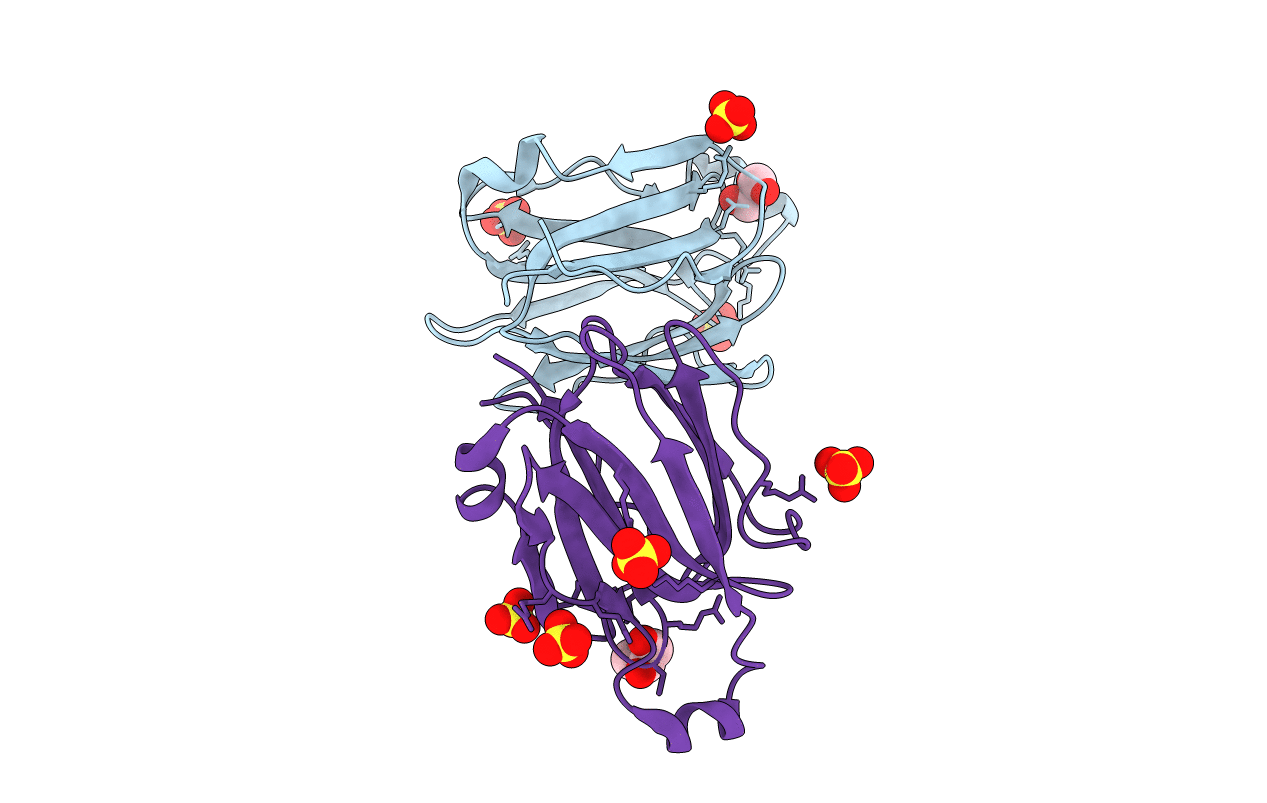
Deposition Date
2017-11-09
Release Date
2018-08-29
Last Version Date
2024-11-06
Method Details:
Experimental Method:
Resolution:
1.40 Å
R-Value Free:
0.21
R-Value Work:
0.17
R-Value Observed:
0.17
Space Group:
P 21 21 21


